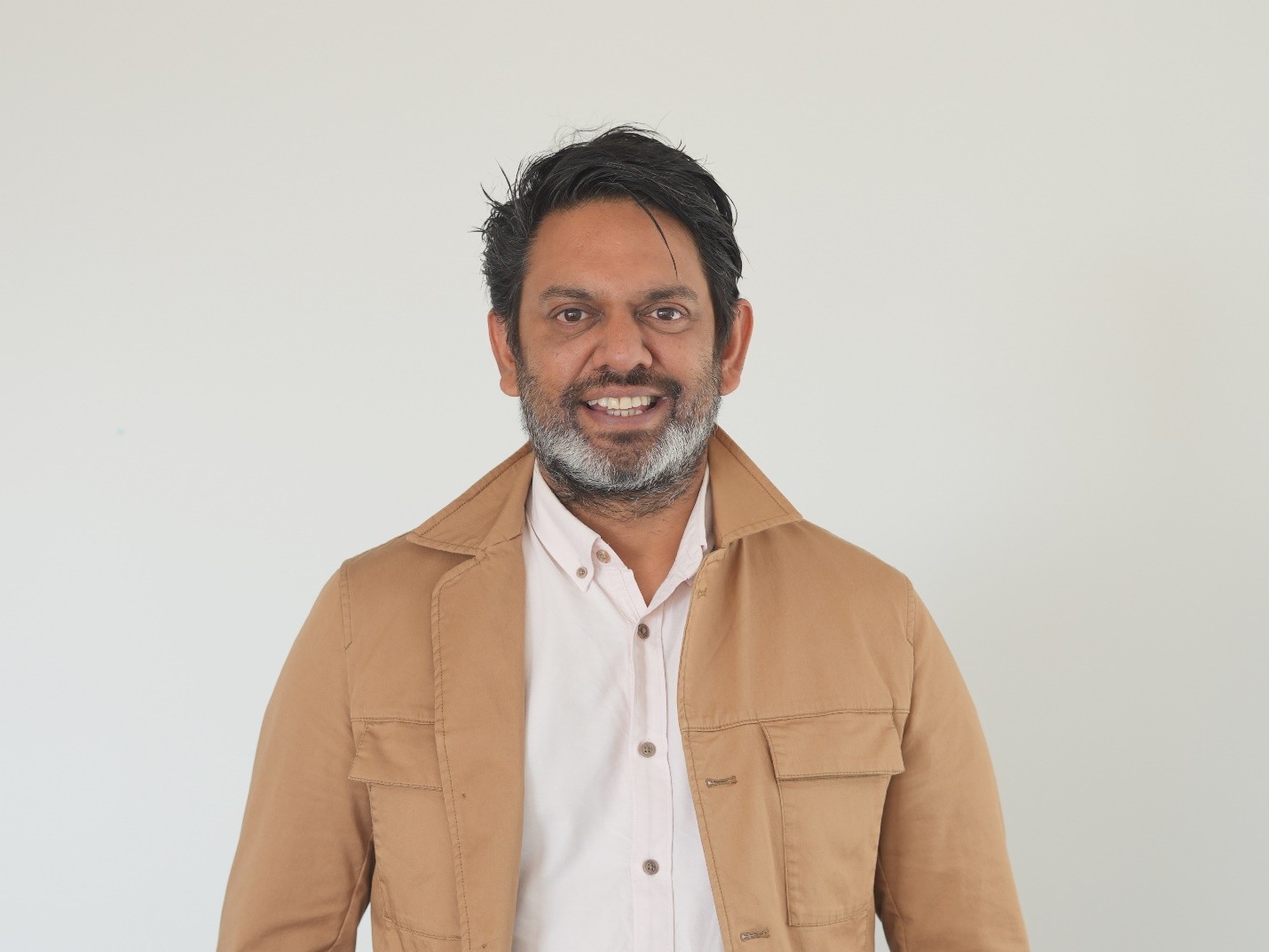Meet the ISG - Ketan Chandu
It’s time to meet our new WorkSafe representative – Ketan Chandu
Keep an eye out for your representative, as we continue to introduce you to our members.
Tell us little bit about yourself and your background
I studied law and psychology at Victoria University before becoming a business development manager at a small Wellington coffee company. From there, I began my career in the public sector, working in a range of strategic and management roles in various government agencies.
I joined WorkSafe New Zealand in 2018. Over that time, I have worked with people both inside and outside WorkSafe to set its strategic direction and approach, and help make a tangible difference to keeping people healthy and safe at work in New Zealand. It's certainly kept me energised and it’s a mission that’s worth leaping out of bed for.
My current role is within the Strategy and Implementation team at WorkSafe. This is where my TTM journey began, helping to implement the road cone digital hotline pilot and working closely with key partners and agencies within the TTM sector including becoming part of the TTM-ISG.
How / why did you get involved with the TTM-ISG?
I got involved with the TTM-ISG because of the WorkSafe road cone pilot and the recognition as the pilot began that WorkSafe needed to work closely with the ISG to support momentum of adoption of the new risk-based TTM guidance.
The shift from CoPTTM to NZGTTM is a significant change requiring those involved in TTM to make a step change in their work practices to design TTM solutions based on risk. Helping support this change through the efforts of the ISG is important for New Zealand and something that WorkSafe supports and wants to be a part of the effort to achieve.
Where do you see the ISG adding the most value over the next 12-18 months?
In my short time as part of the ISG, I have seen its members actively championing change and working hard behind the scenes to identify actions and initiatives that can help the industry shift the dial. Ranging from increasing awareness of TTM best practice, and championing the voice of road workers, to delivering webinars and other education activities that provide guidance and clarity on how to operate under the NZGTTM.
Naturally there is more to do in supporting long-term change, but the ISG has a real opportunity over the next 12-18 months to be visible, collaborative, and help deliver more educational activities and practical tools that can help the industry shift to a risk-based approach.
What do you think is the biggest challenge for the TTM sector at present?
While I have to caveat this, as my experience in this sector is more recent compared to some of the other members, I would say the TTM sector has faced a number of headwinds in the environment it’s working in, but despite this there is a huge amount of willingness, aspiration and effort to do things better.
The sector is at different stages and there are different levels of understanding and experience as we embark on the change to taking a risk-based approach to TTM. Some are encouraging and embracing the change, others will need some more support to get there. This is where the challenge and the opportunity is.
Moving towards a risk-based TTM approach is a transformational change, and while many have become used to the more prescriptive Code of Practice, changes in the way the TTM sector manages risk will result in a range of benefits like more proportionate TTM to manage risks, cost savings, better buy-in from the public, and workers, contractors and clients better understanding why TTM is required in the first place.
If you could clear up one misconception or let people know one thing that you don’t think is widely understood about TTM and the shift to a more risk-based approach, what would it be?
That there is some big difference between New Zealand’s health and safety legislation and WorkSafe’s expectations and what the risk-based TTM guidance is trying to achieve. There is no difference! The Health and Safety at Work Act 2015 (HSWA) is all about taking a proportionate risk-based approach and is really aligned to the TTM guidance.
The NZGTTM was developed by NZTA in consultation with WorkSafe, to complement and sit alongside the responsibilities that businesses and organisations have under HSWA.
What both HSWA and the NZGTTM ask us to do is to stop and think about the risks and work out what the best approach is to mitigate the risks in order to keep people healthy and safe. WorkSafe wants to see traffic management that is fit for purpose, to manage the specific risks of the job and site.
Yes, this requires having a good knowledge of the risks and controls for each job site, and that requires doing some extra thinking it through, which can be harder than if the answer is prescribed or set out in a code where you just do as it says.
The other misconception is that this shift is easy. This is not an easy change that we can make overnight or that we can just hire someone to come in with all the answers. This will take time, you will not be the only one who finds it hard, no one has it all sorted straight off the bat. Over time we will make progress, there will be support available, and there are others who we can collaborate with and share lessons learned with. We will get there, as long as we are open to change and we work collaboratively.


